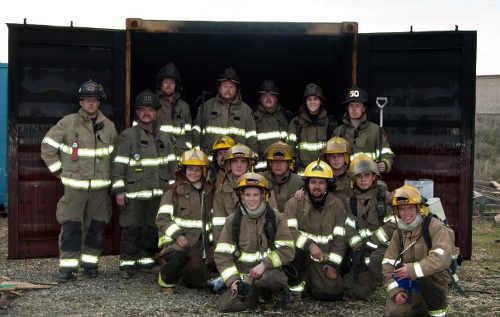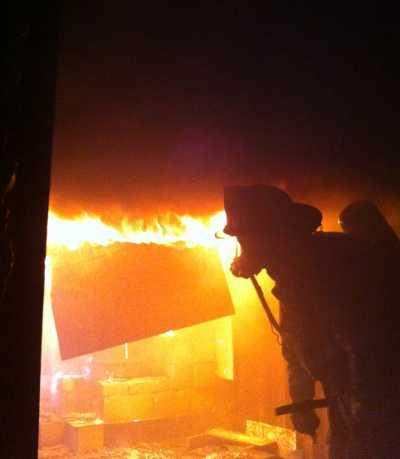- Lake County News reports
- Posted On
Helping Paws: Corgis, Cairns, beagles, greyhounds and more
LAKE COUNTY, Calif. – It's a baker's dozen available for adoption this week from Lake County Animal Care and Control, with 13 dogs of all types and breeds hoping a new home is waiting for them.
Small terriers and toy breeds to border collie mixes, and canines that are part Corgi, greyhound and beagle are waiting at the shelter.
Dogs that are adopted from Lake County Animal Care and Control are either neutered or spayed, microchipped and, if old enough, given a rabies shot and county license before being released to their new owner. License fees do not apply to residents of the cities of Lakeport or Clearlake.
If you're looking for a new companion, visit the shelter. There are many great pets hoping you'll choose them.
The following dogs at the Lake County Animal Care and Control shelter have been cleared for adoption (additional dogs on the animal control Web site not listed are still “on hold”).

Pit bull mix
This male pit bull mix is just a pup at 4 months of age.
He has blue brindle and white markings, brown eyes, floppy ears and a short coat.
He can be found in kennel No. 12, ID No. 31641.

“Masie”
“Masie” is a 4-year-old female beagle-terrier mix.
She is altered and weighs just over 26 pounds.
Shelter staff said she is microchipped.
She is in kennel No. 16, ID No. 31277.

“Copper”
“Copper” is a 5-year-old female beagle mix.
She has white and brown brindle coloring, weighs 28 pounds and is not yet spayed.
Find her in kennel No. 9, ID No. 31704.

Collie mix
This female collie mix is ready for a new home.
She has a short coat and brown eyes.
Find her in kennel No. 7, ID No. 31653.

Corgi mix
This 9-month-old female is a Corgi mix.
She has a short coat, tricolor markings and brown eyes.
Find her in kennel No. 5b, ID No. 31651.

Chihuahua mix
This 9-month-old male is a Chihuahua mix.
He has a short coat and brown eyes.
Find him in kennel No. 5a, ID No. 31650.

“Jingo”
“Jingo” is a male greyhound-shepherd mix.
He is 3 years old, has been neutered and has brown brindle coloring with a short coat.
Jingo is in kennel No. 4, ID No. 31686.

Shepherd mix
This male shepherd mix is 1 year old.
He has a short yellow coat, and has been neutered.
Find him in kennel No. 28, ID No. 31670.

Cairn terrier mix
This little lady is a Cairn terrier mix.
She is 6 years old, with a medium-length black coat, and weighs 13.6 pounds.
Find her in kennel No. 27, ID No. 31683.

Male shepherd mix
This 14-week-old male pup is a shepherd mix.
He is not yet neutered, and has black, tan and white coloring, with a long coat.
Find him in kennel No. 26, ID No. 31706.

Australian terrier mix
This 6-year-old male is an Australian terrier mix.
He has a deep gold-colored, medium-length coat.
He weighs approximately 9.4 pounds and is not yet altered.
Find him in kennel No. 25b, ID No. ID: 31668.

“Thunder”
“Thunder” is a 5-year-old male Pomeranian-Chihuahua mix.
He has a medium-length brown-gold coat.
Find him in kennel No. 25a, ID No. 31598.

Border collie mix puppies
These 8-week-old border collie mix puppies are all males.
They have short coats and black and white coloring.
The puppies can be found in kennel No. 15a-d, ID No. 31657.
Adoptable dogs also can be seen at http://www.co.lake.ca.us/Government/Directory/Animal_Care_And_Control/Adopt/Dogs_and_Puppies.htm or at www.petfinder.com.
Please note: Dogs listed at the shelter's Web page that are said to be “on hold” are not yet cleared for adoption.
To fill out an adoption application online visit http://www.co.lake.ca.us/Government/Directory/Animal_Care_And_Control/Adopt/Dog___Cat_Adoption_Application.htm.
Lake County Animal Care and Control is located at 4949 Helbush in Lakeport, next to the Hill Road Correctional Facility.
Office hours are Monday through Friday, 8 a.m. to 5 p.m., and 1 p.m. to 3 p.m., Saturday. The shelter is open from 10:30 a.m. to 4:30 p.m. Monday through Friday and on Saturday from 1 p.m. to 3 p.m.
Visit the shelter online at http://www.co.lake.ca.us/Government/Directory/Animal_Care_And_Control.htm.
For more information call Lake County Animal Care and Control at 707-263-0278.
Follow Lake County News on Twitter at http://twitter.com/LakeCoNews, on Tumblr at www.lakeconews.tumblr.com, on Google+, on Facebook at www.facebook.com/pages/Lake-County-News/143156775604?ref=mf and on YouTube at www.youtube.com/user/LakeCoNews .

 How to resolve AdBlock issue?
How to resolve AdBlock issue? 









